Discover how to transform a transitional space into a showcase of period elegance and modern functionality. Victorian hallways, once mere passageways, can become a grand introduction to your home’s character through careful attention to architectural details, decorative finishes, furnishings, lighting, and accessories. From intricate tile patterns and decorative moldings to sumptuous textiles and curated artwork, each element contributes to a cohesive narrative that celebrates the ornate charm of the 19th century while accommodating contemporary needs. Below are 20 ideas to inspire a hallway that feels both timeless and inviting.
1. Mosaic Tile Flooring
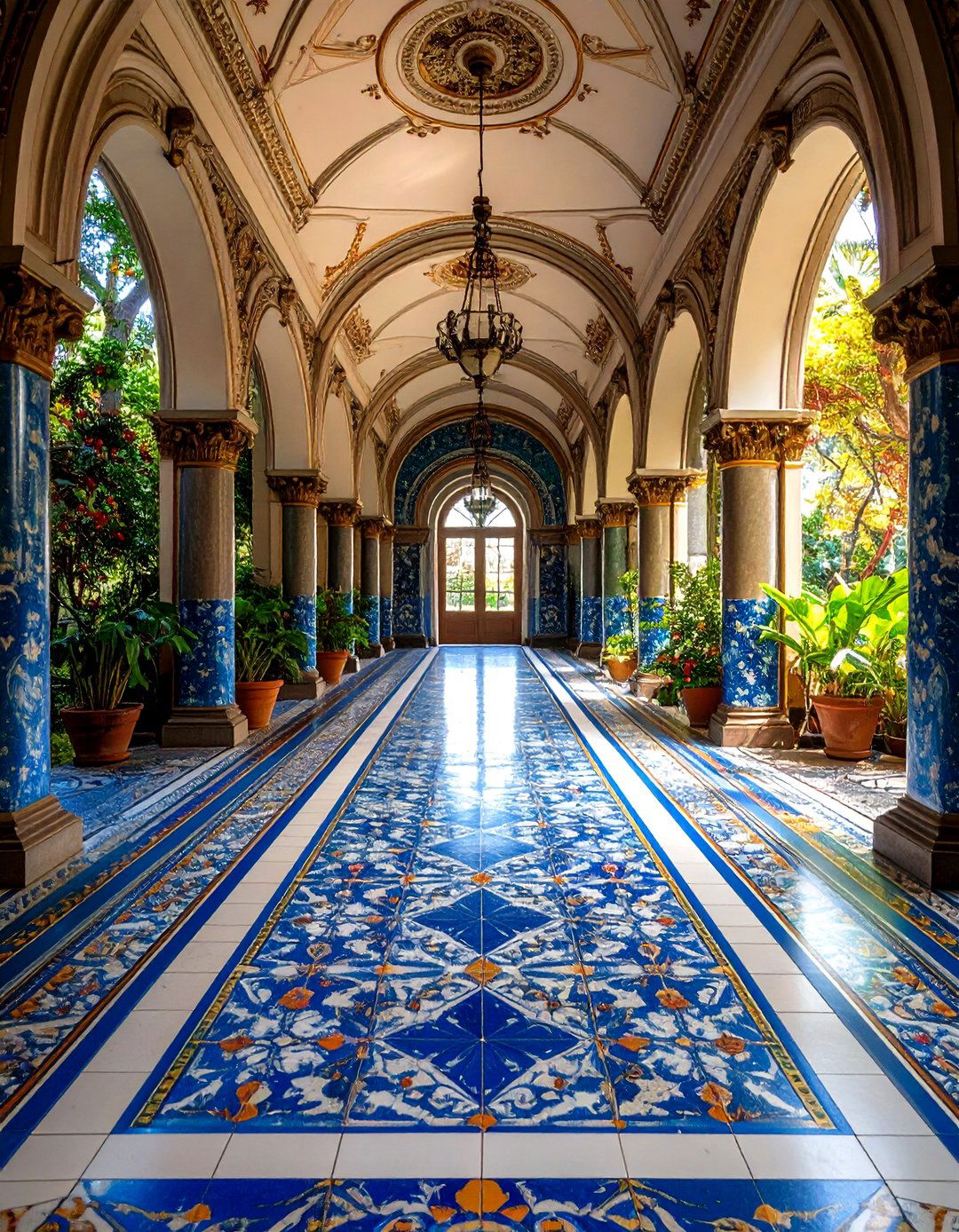
Victorian hallways often feature intricate mosaic tile flooring arranged in geometric or floral patterns that create a striking visual foundation beneath your feet. These tiles—typically small, hexagonal, or square encaustic pieces—can form borders or central motifs that reflect the homeowner’s style and the period’s penchant for craftsmanship. Mosaic tiles are not only decorative but also durable, making them ideal for high-traffic areas where mud and moisture are common concerns.
2. Wainscoting and Dado Rails
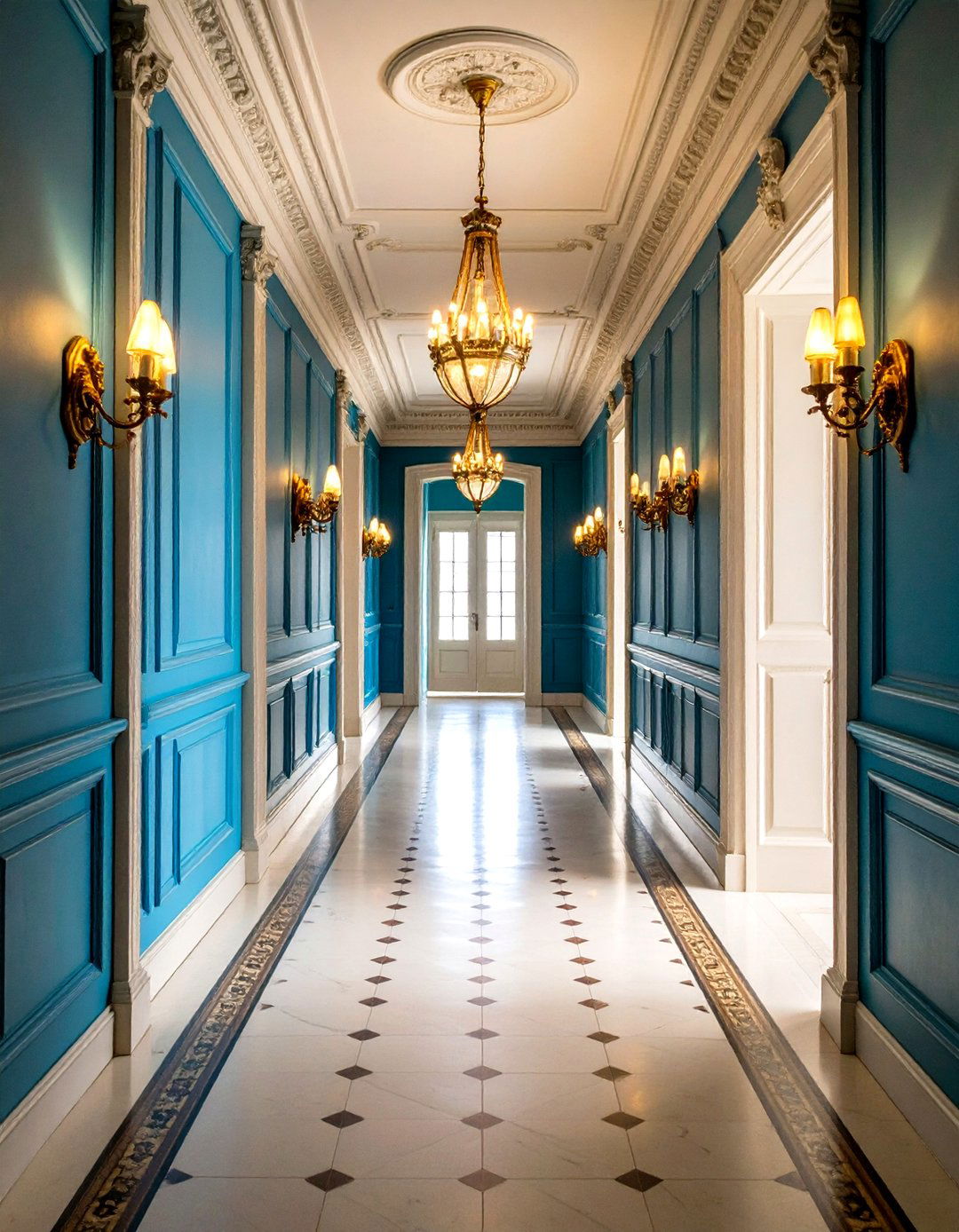
Authentic Victorian hallways often employ wainscoting—wooden paneling covering the lower third of walls—to protect surfaces and add textural interest. Above this, dado rails provide a visual break and shield plaster walls from scuffs. Wainscoting styles vary from simple tongue-and-groove boards to raised-panel designs, offering flexibility to suit both modest and grand homes. Painting the panels in a contrasting hue from the upper walls emphasizes the architectural detail and creates a tailored, refined ambiance.
3. Ornate Ceiling Medallions
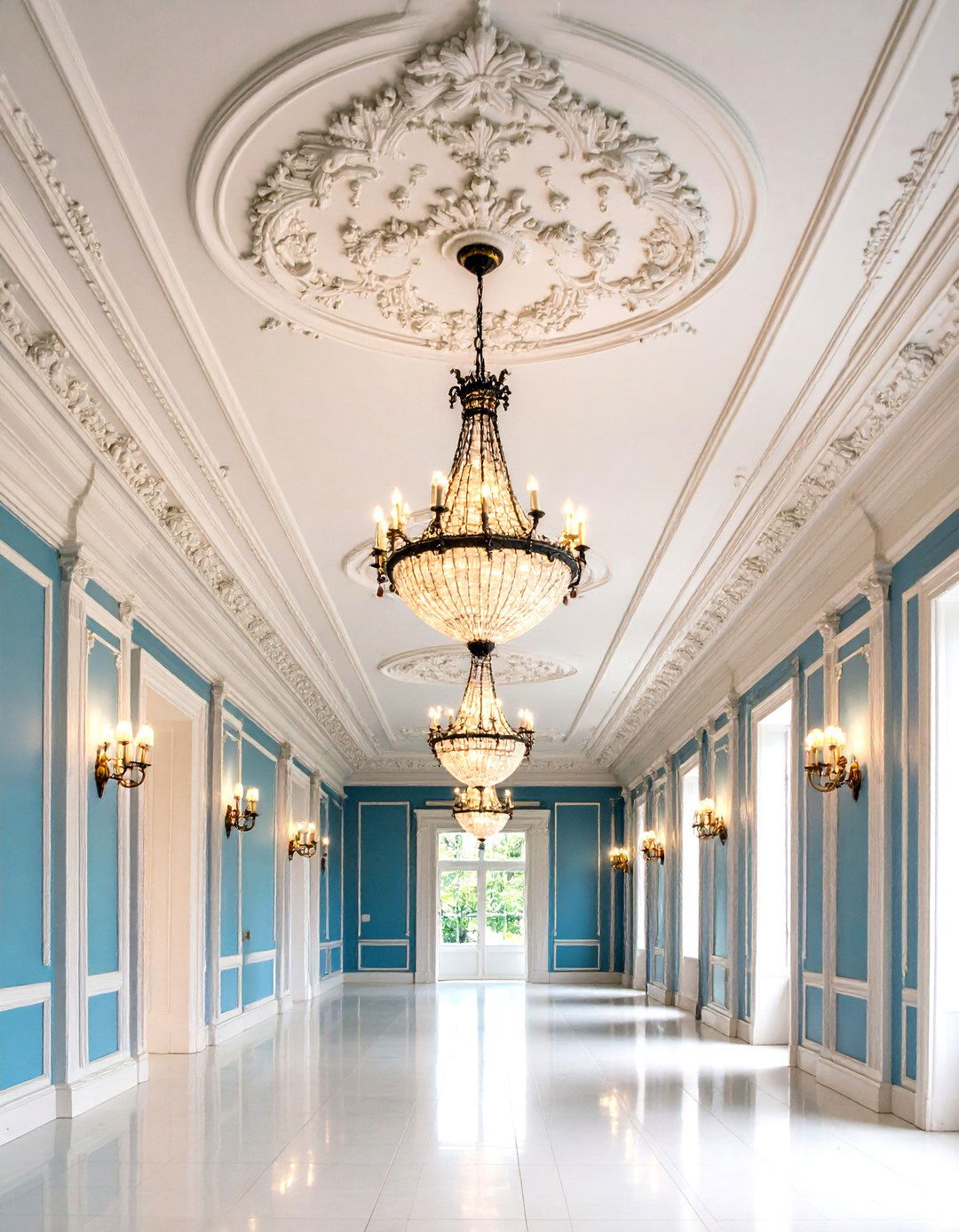
Elevate your hallway’s ceiling with plaster or resin medallions framing light fixtures in elaborate leaf, rosette, or acanthus-motif designs. These medallions evoke the grandeur of Victorian interiors, drawing the eye upward and complementing chandeliers or pendant lights. By choosing a medallion that mirrors other decorative elements—such as cornices or picture rails—you achieve a harmonious ceiling composition that underscores the room’s height and architectural integrity.
4. Stained Glass Windows

Stained glass panels or transom windows introduce colorful, translucent artistry into narrow corridors, casting jewel-toned light across floors and walls. Historically, stained glass served both decorative and privacy functions in Victorian homes, and modern reproductions or reclaimed panels can replicate the effect with traditional floral, geometric, or heraldic patterns. Installing stained glass in doorways or sidelights enriches the entry sequence, forging a graceful transition between interior and exterior environments.
5. Checkerboard Tile Patterns
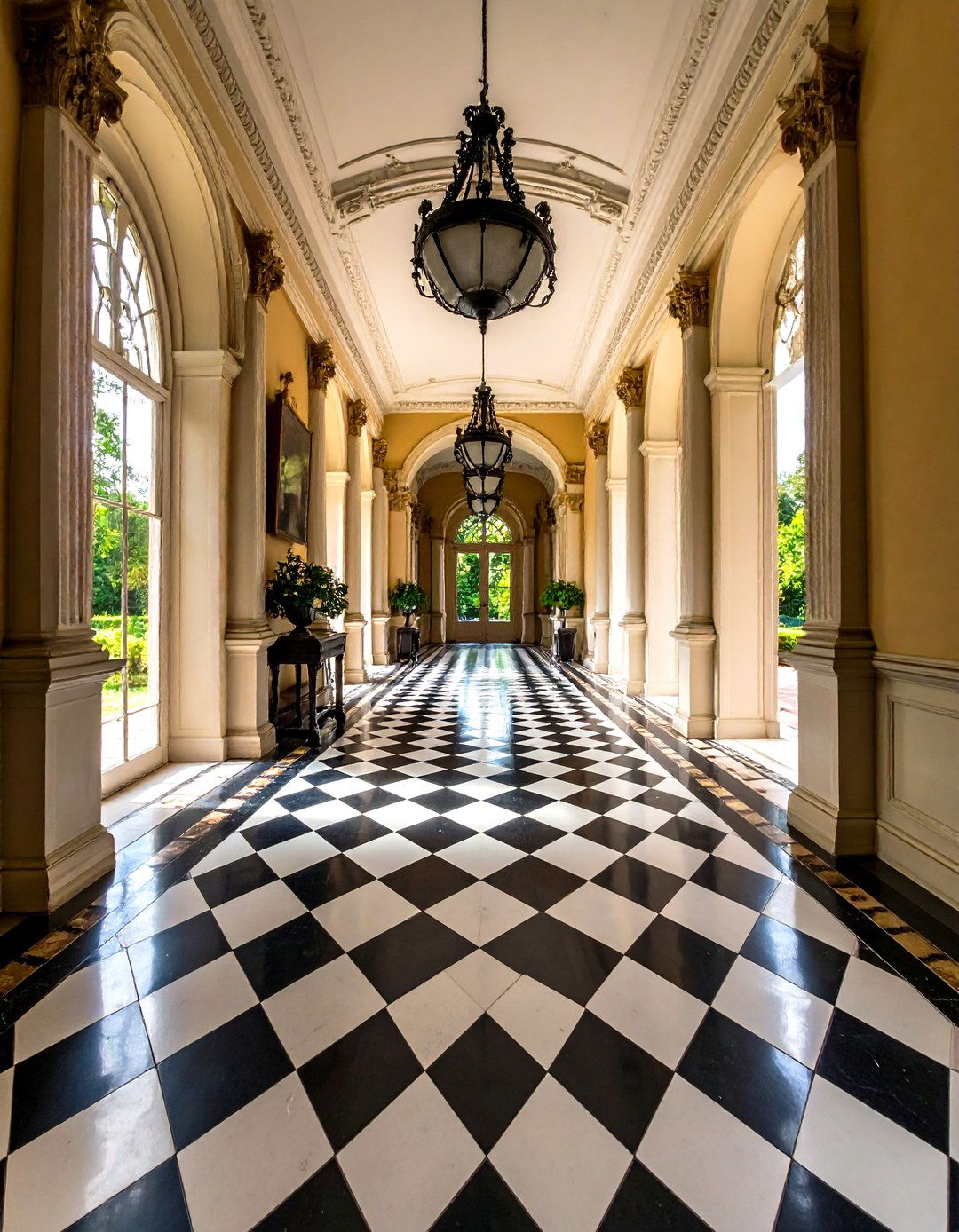
Black-and-white checkerboard encaustic or ceramic tile floors lend a classic Victorian aesthetic rooted in the 19th-century fascination with contrast and order. The bold pattern enlivens an otherwise narrow space, guiding visitors along the corridor while emphasizing length and symmetry. These tiles are available in square or rectangular formats, allowing customization of scale—from mini-tiles for intricate mosaics to larger formats for a more graphic effect.
6. Rich Velvet Runners
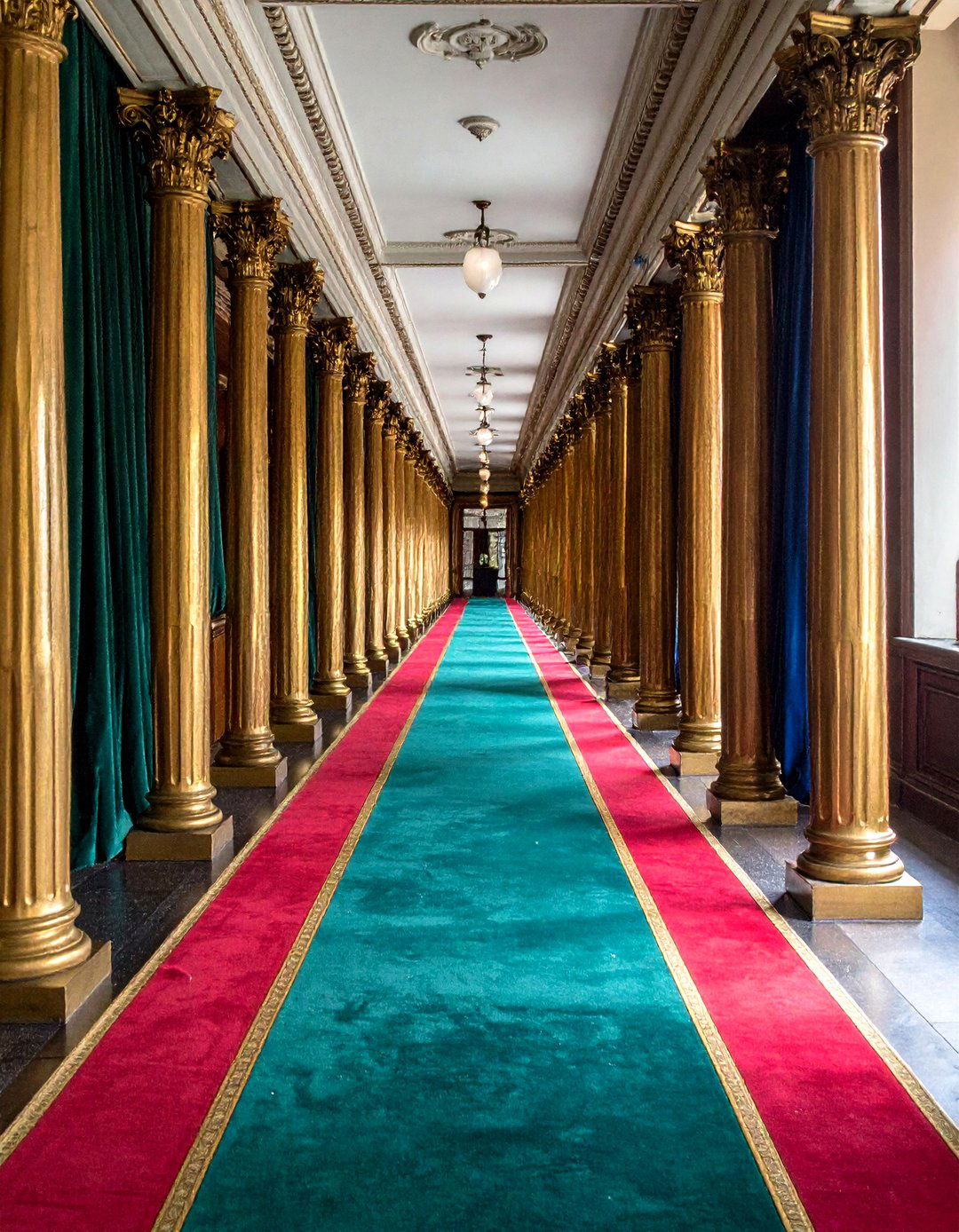
A long, narrow velvet runner in deep jewel tones—emerald, ruby, or sapphire—introduces textural warmth underfoot and softens footsteps. Traditional Victorian stair runners uniformly cover both stairs and hallways, often secured with polished brass rods and finials. Modern adaptations include hand-woven or hand-knotted wool versions with subtle patterns that resist wear while reinforcing the corridor’s seasonal color palette.
7. Statement Wallpaper

Victorian-era hallways frequently embraced saturated wallpaper patterns featuring florals, damasks, or Art Nouveau-inspired motifs. Contemporary reproductions of William Morris designs or bespoke digital prints offer the same sense of opulence, with high-performance vinyl or non-woven substrates that endure against wear and humidity. Apply wallpaper above the dado rail, pairing it with a coordinating paint hue on the lower wall to frame the pattern and prevent visual overwhelm.
8. Victorian Wall Sconces
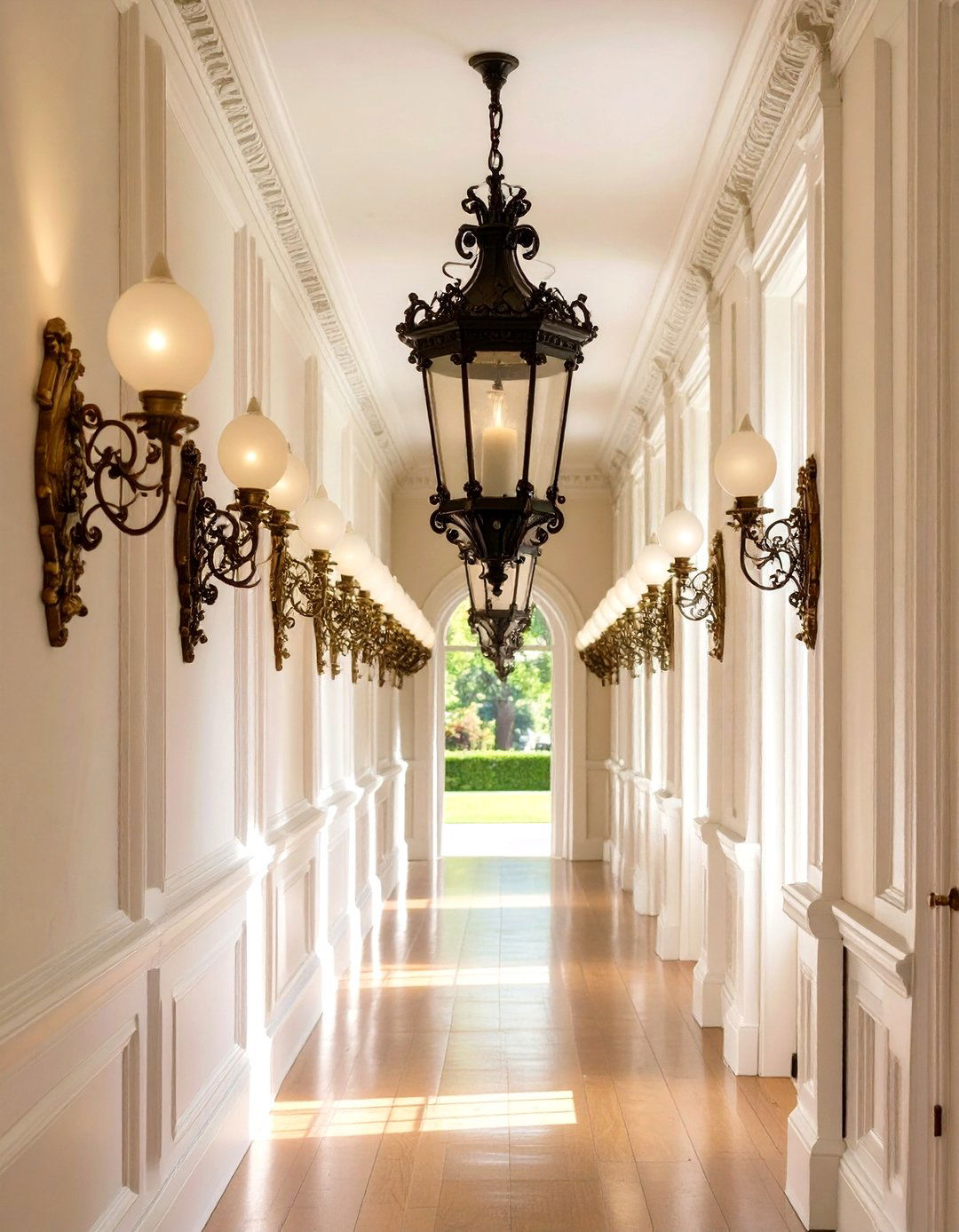
Illuminate the corridor with pairs of cast brass or wrought iron wall sconces featuring frosted glass globes or fabric shades. These fixtures provide soft, ambient lighting essential in deep or windowless Victorian halls. Look for antique or reproduction sconces with scrolling arms and decorative backplates to reference period styles while ensuring modern wiring and LED lamp compatibility.
9. Built-in Bookcases and Shelving
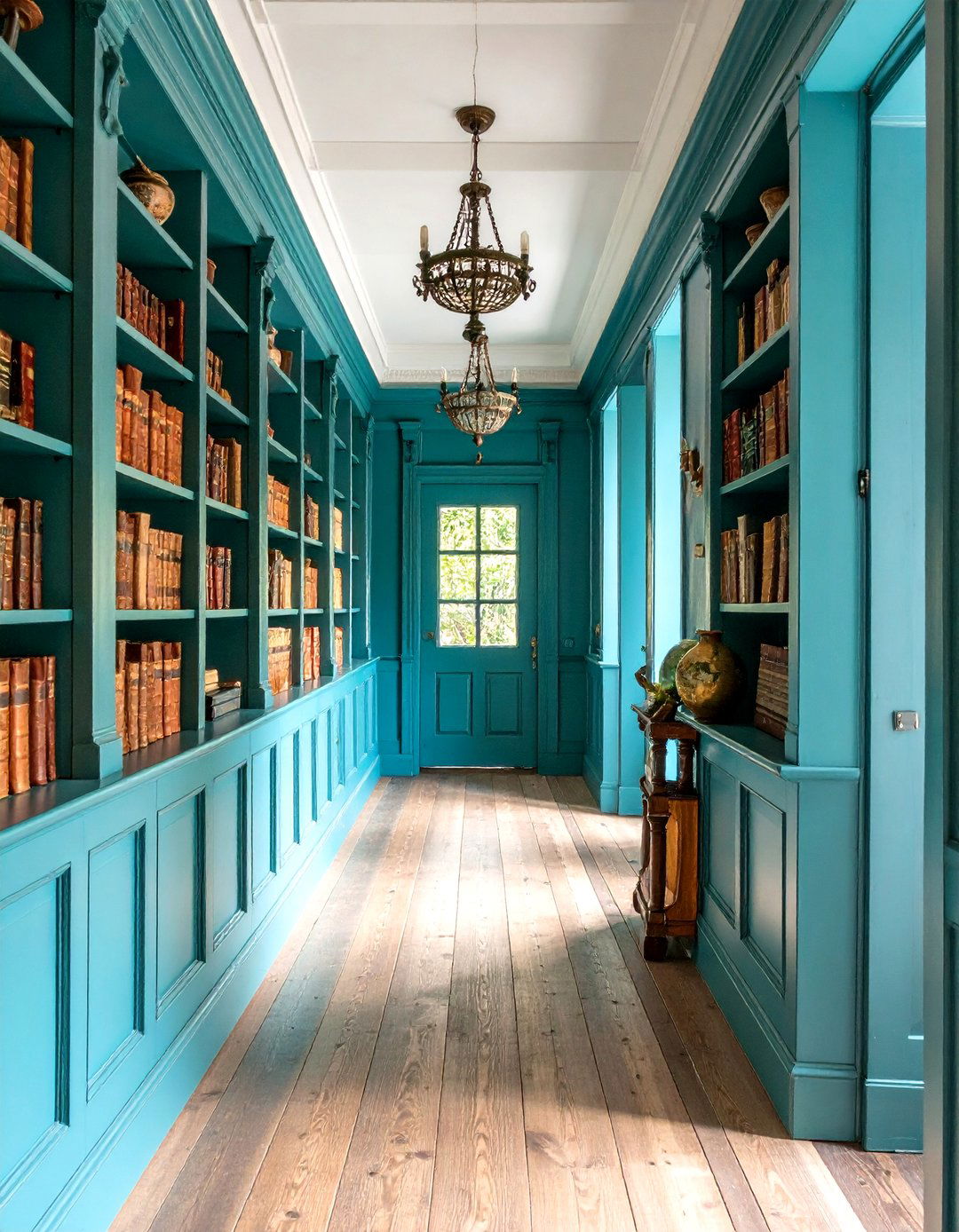
Maximize vertical space by incorporating shallow built-in bookcases or open shelves along one wall. Originally used to display leather-bound volumes and curios, these installations create an architecturally integrated library feel. For a seamless look, flank doorways or stairwells with tapered shelving units that step down in depth, drawing attention to decorative objects without narrowing the passage.
10. Decorative Cornices and Molding
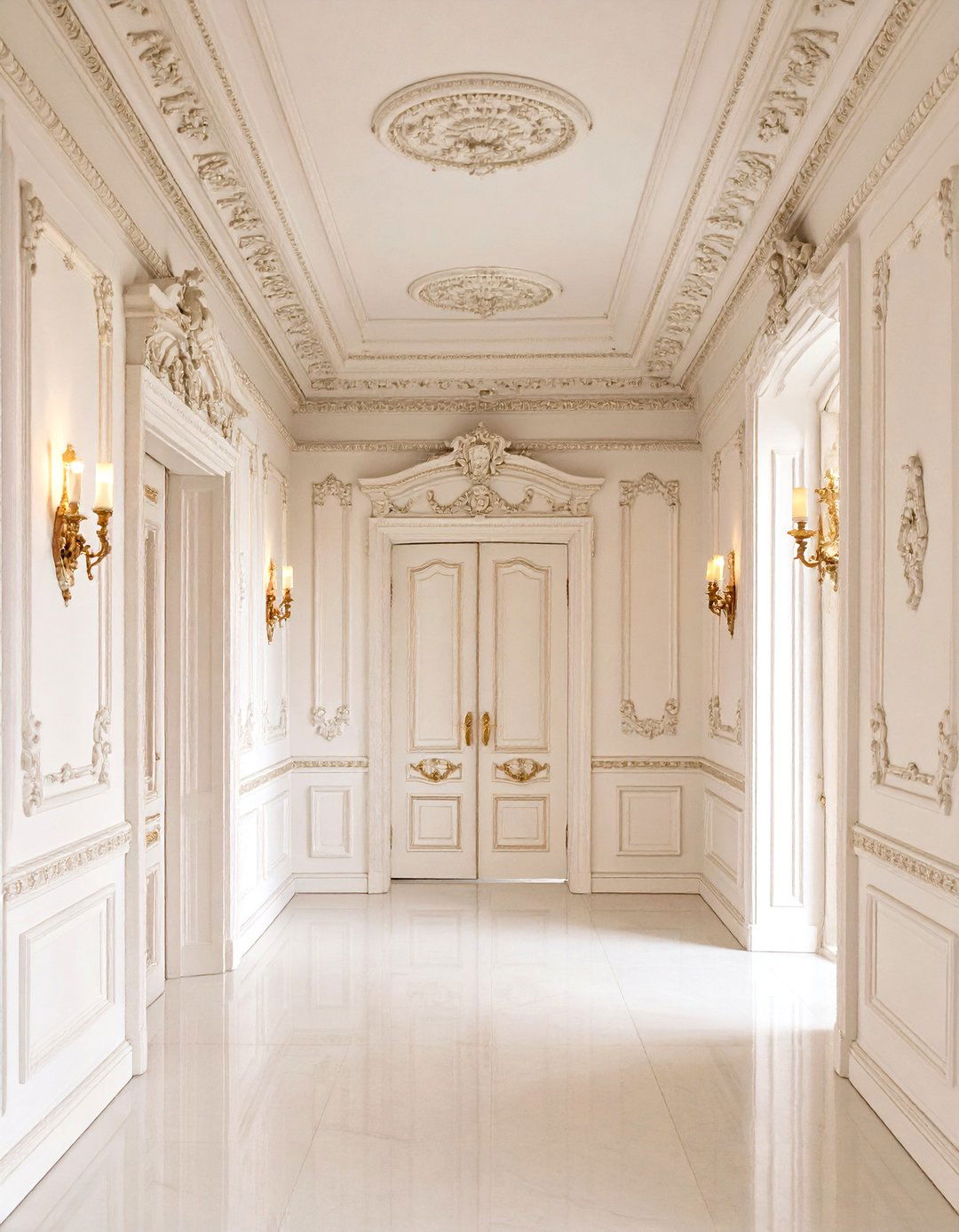
Enhance wall-to-ceiling transitions with plaster cornices featuring egg-and-dart, bead-and-reel, or acanthus leaf profiles. These moldings articulate the room’s perimeter, providing a decorative crown that unifies ceiling medallions and picture rails. Cornice height can vary based on ceiling height: taller spaces accommodate more elaborate profiles, while cozier hallways benefit from simpler designs.
11. Antique Console Tables
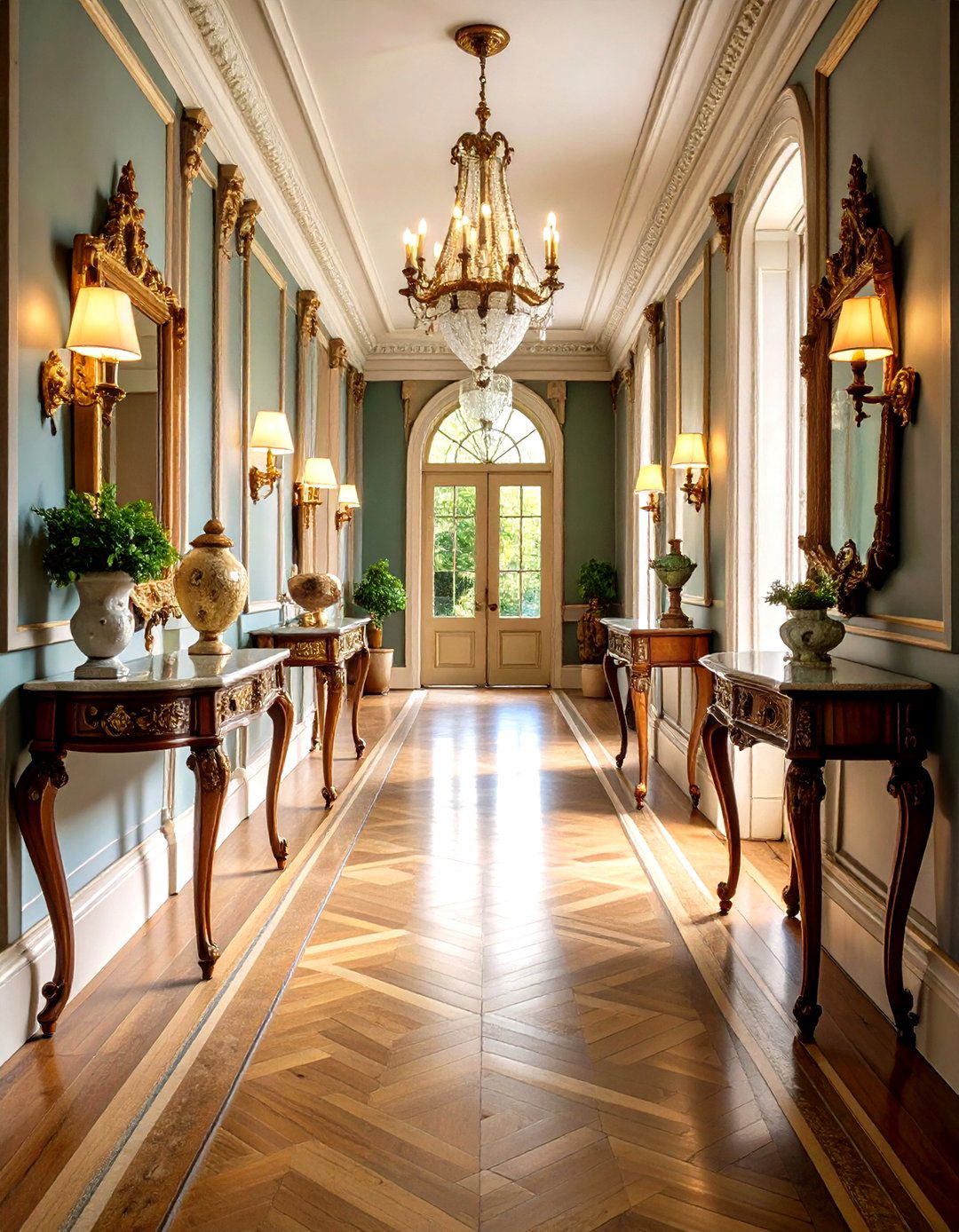
Position a slender, carved mahogany or walnut console table against an uninterrupted wall to offer a surface for keys, vases, or framed photographs. Look for tables with turned legs or scalloped aprons reminiscent of the period, and finish them with a marble or stone top to reflect Victorian material contrasts.
12. Ornamental Mirrors
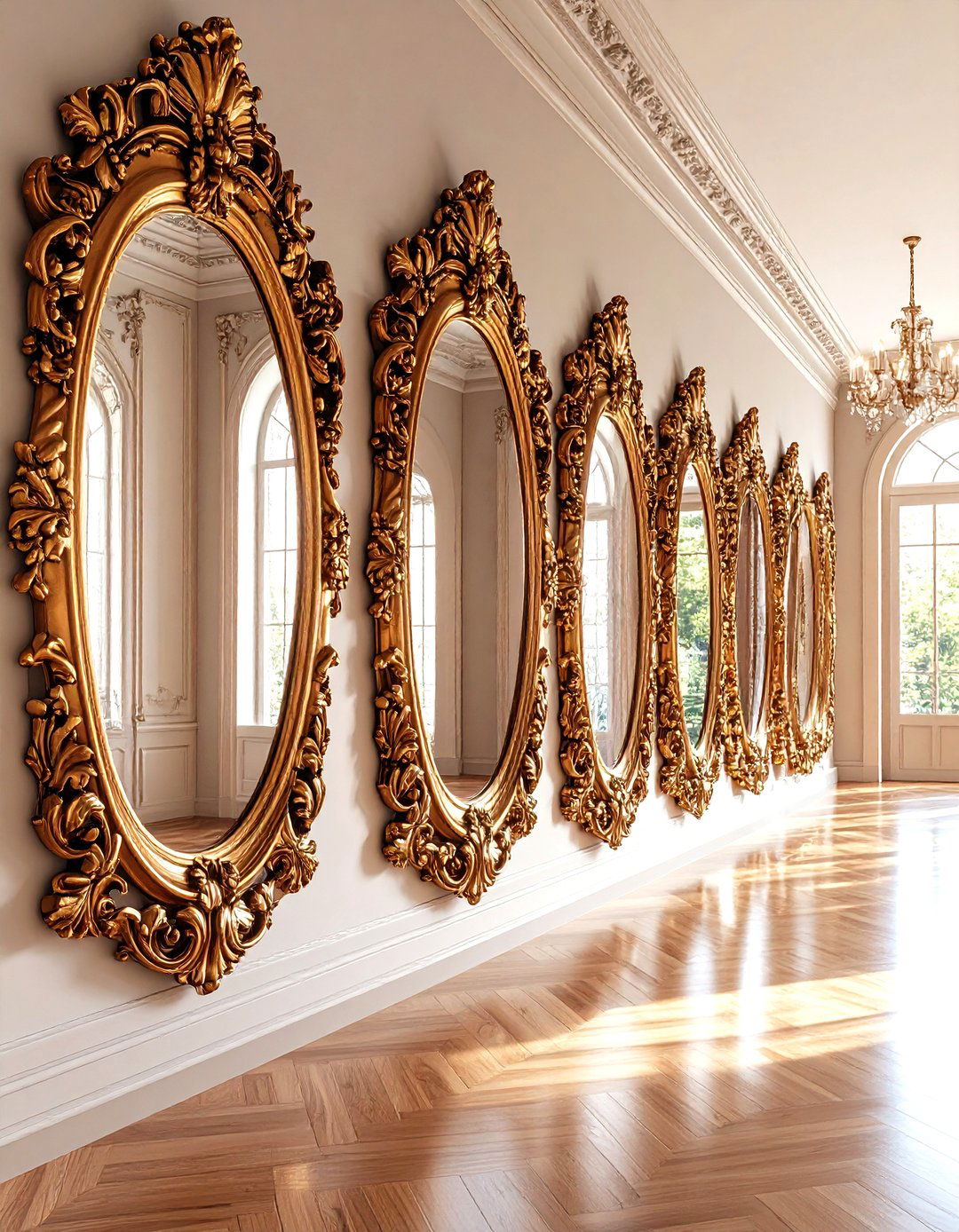
Hang an overmantel-style mirror with a gilded, carved frame to amplify light and visually expand the hallway’s dimensions. Mirrors trimmed in acanthus leaves, gilt ropes, or rope-twist motifs echo 19th-century decorative arts, creating focal points that reflect both natural and artificial light.
13. Polished Wooden Floorboards
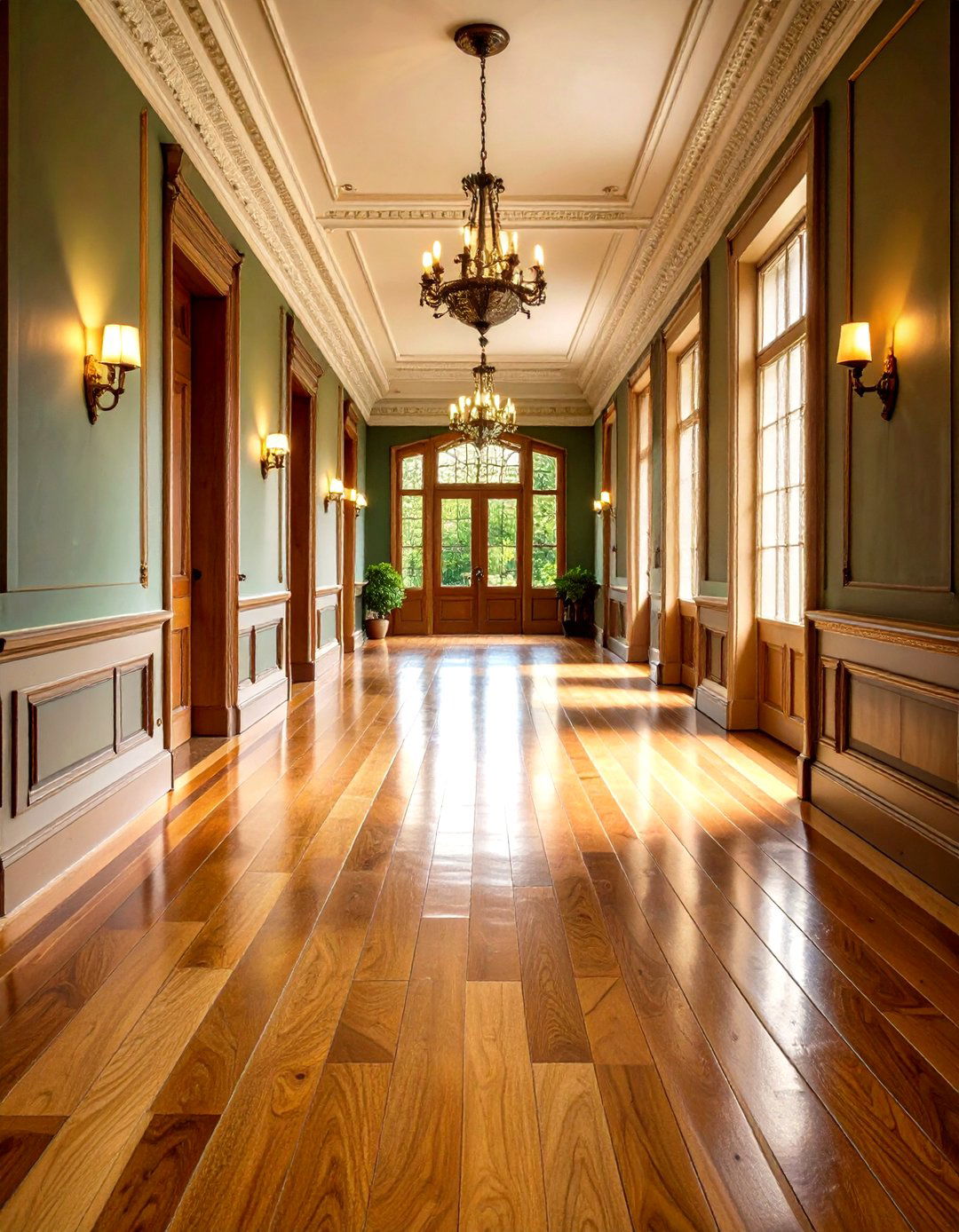
Where original hardwood survives, restore it to a high polish to showcase grain patterns in oak, teak, or pine. Alternately, install tongue-and-groove floorboards laid parallel to the hallway’s length to emphasize linearity. A clear finish highlights the wood’s natural warmth, while satin or gloss sheens suit different light levels.
14. Cast Iron Radiators
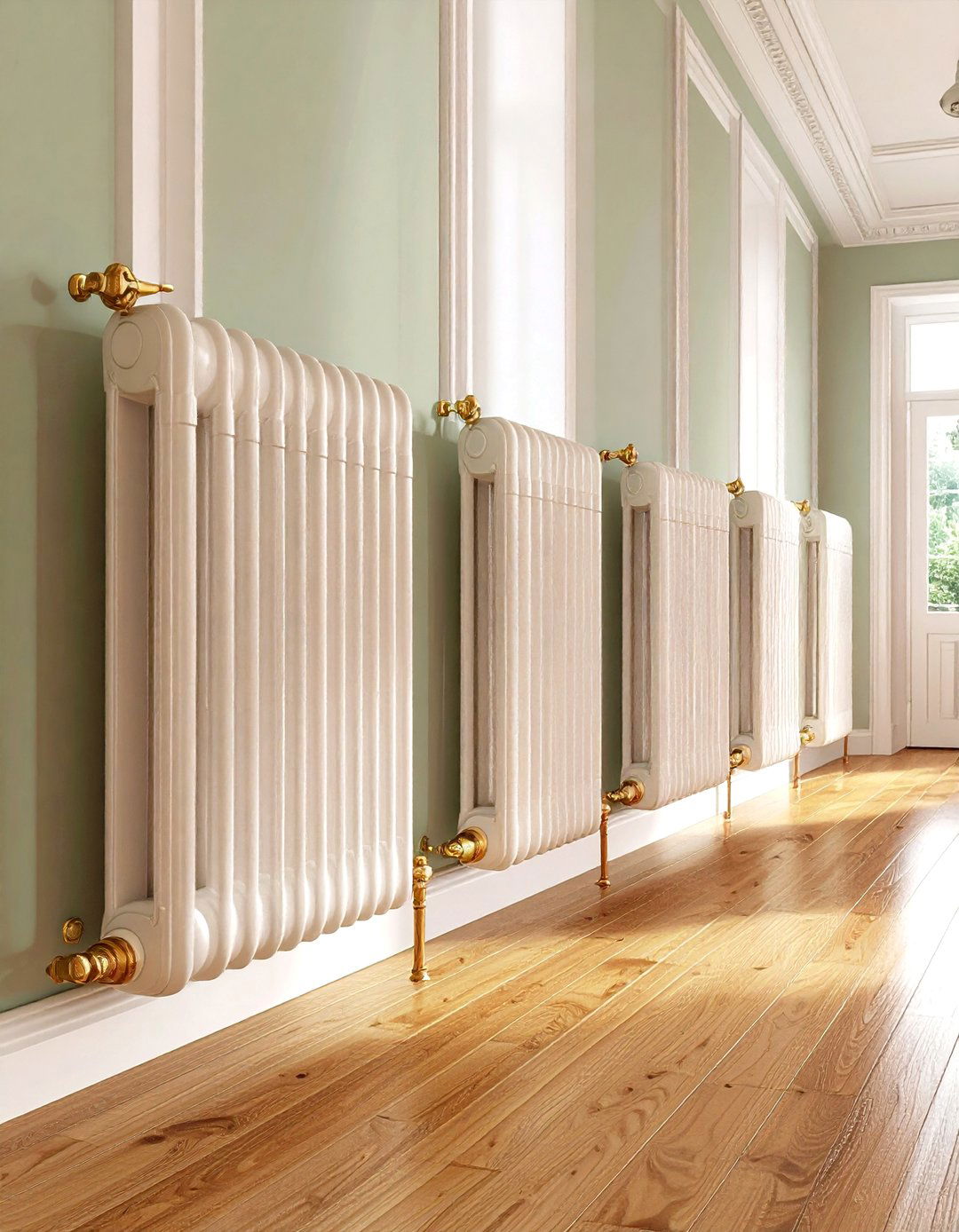
Retain or introduce period-style cast iron radiators featuring column or horizontal block designs. Their substantial form and sculptural fluting align with Victorian sensibilities, and modern thermostatic valves ensure efficient climate control. Position them beneath windows or in unused niches to maximize wall space for furniture or artwork.
15. Luxurious Draperies
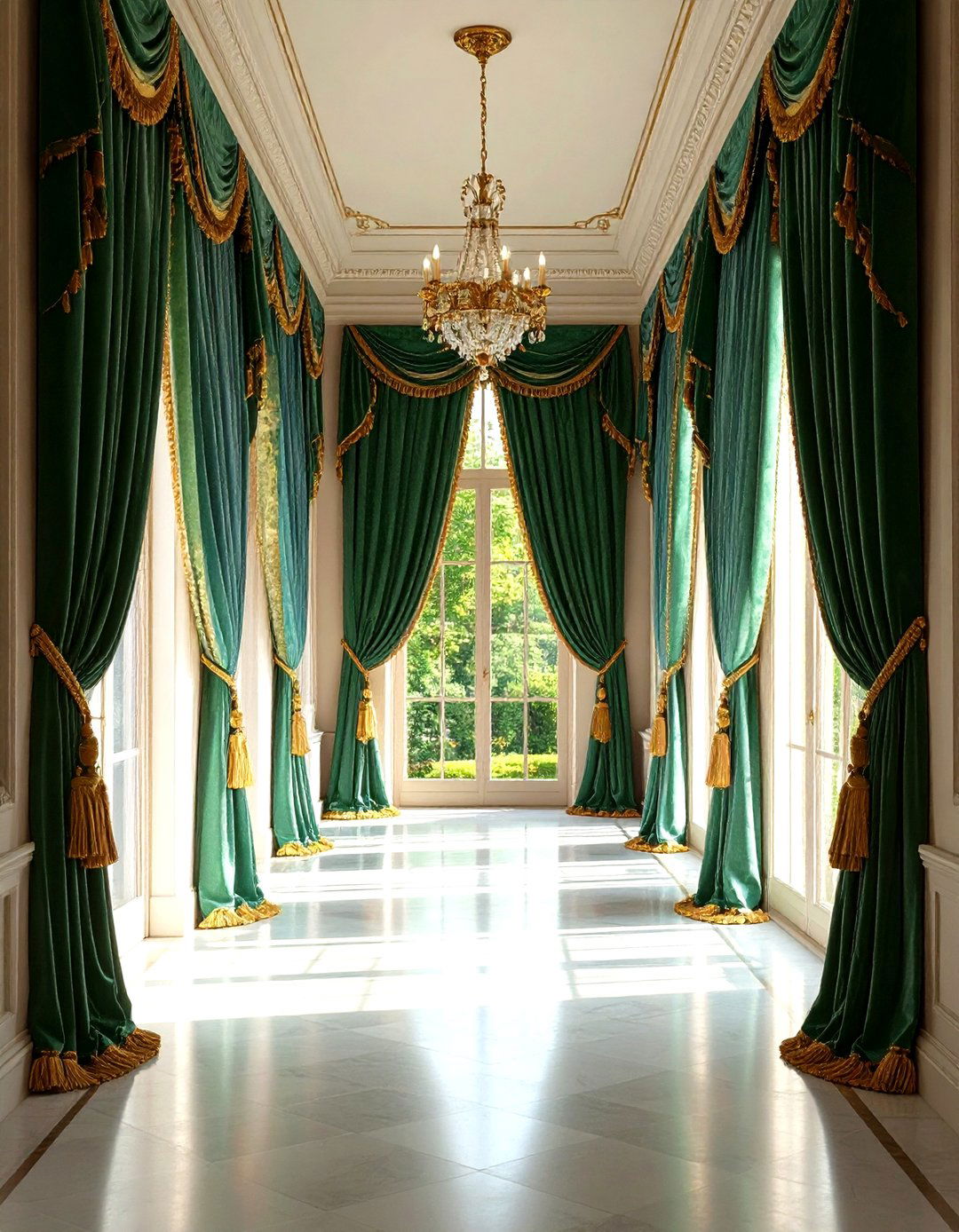
Frame entryways or stairwell landings with layered window treatments: a sheer linen panel beneath a heavier velvet or brocade drape hung from decorative brass rods. Tied back with tasseled cords, these textiles infuse the space with softness and color, while also providing privacy and insulation.
16. Gallery Wall Displays

Arrange a curated collection of framed prints, etchings, or oil paintings in gilt frames along one hallway wall. Victorian homes prized personal collections; a symmetrical or salon-style grouping maintains visual rhythm and invites closer inspection as guests traverse the corridor.
17. Brass Door Hardware
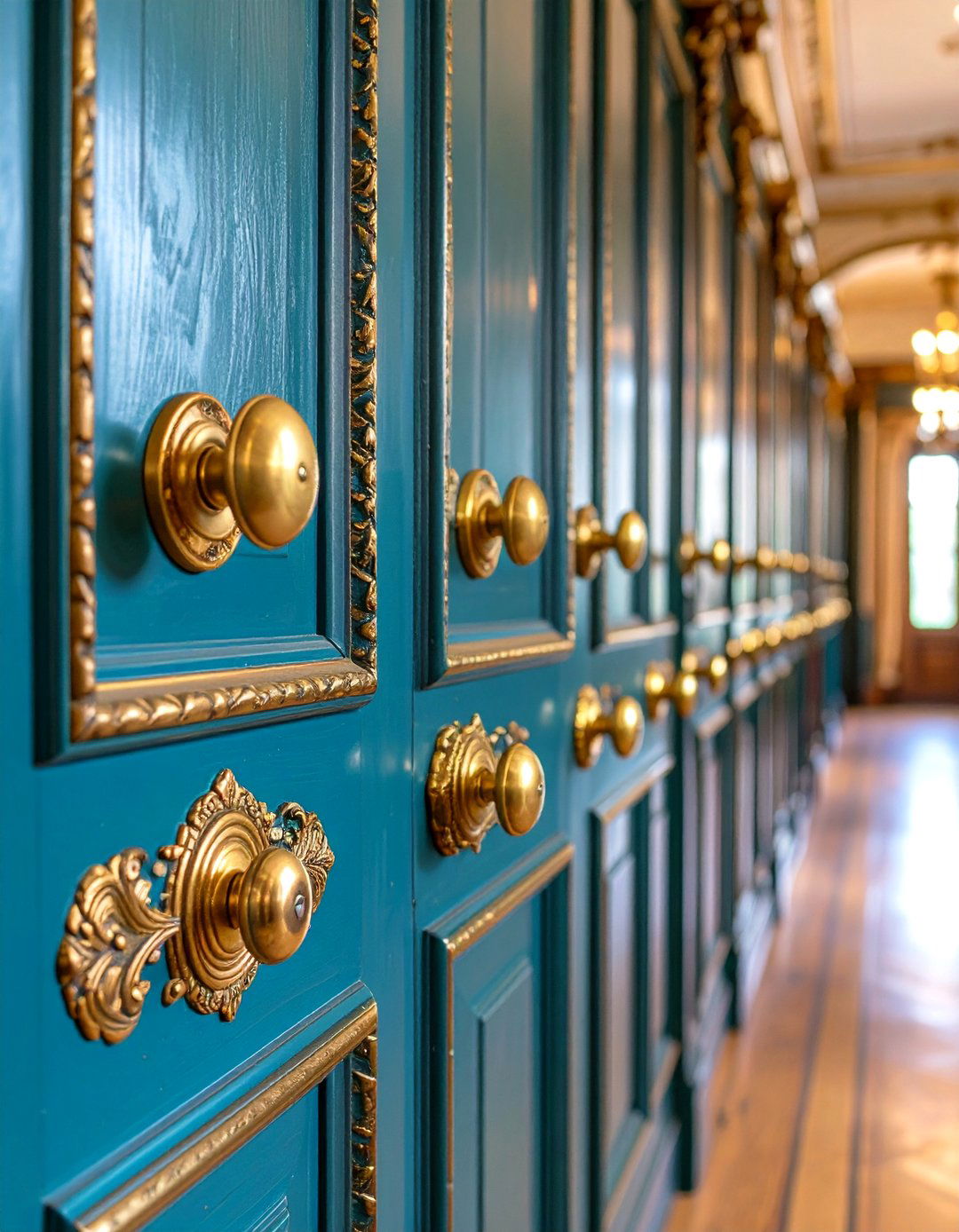
Upgrade plain doors with polished brass knobs, escutcheons, and kick plates featuring Victorian-era details such as fleur-de-lis, urn shapes, or foliate engraving. This small-scale hardware nods to the period’s love of ornament and harmonizes with other metal finishes like runner rods or lighting fixtures.
18. Patterned Runner Rugs

In lieu of fixed stair runners, use narrow Izmir or Oushak rugs with faded medallion patterns laid along the hallway. These woven textiles introduce muted color and layer textural interest over wood or tile, creating a lived-in warmth that pairs beautifully with Victorian furnishings.
19. Indoor Plants and Greenery
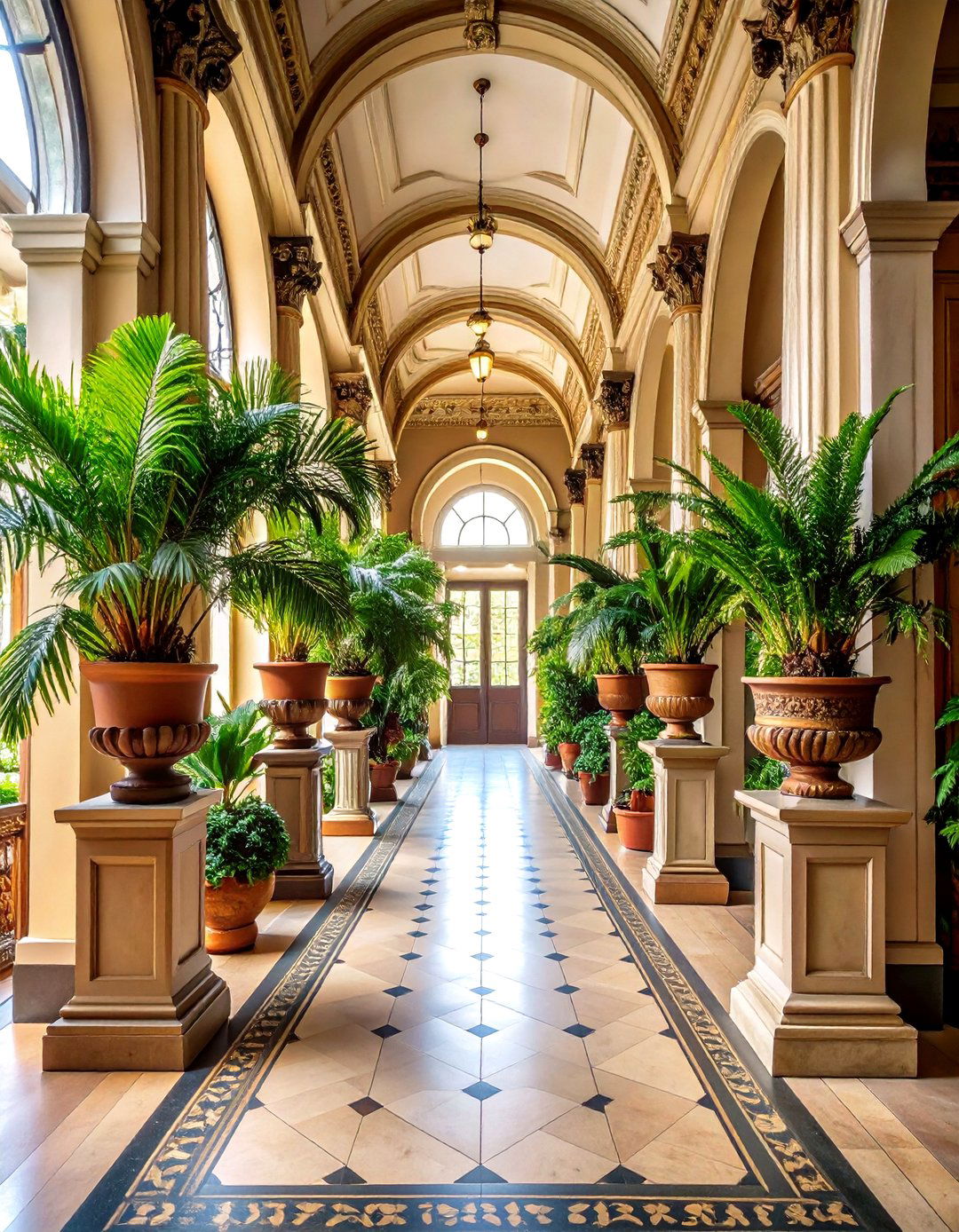
Incorporate potted palms or ferns in ceramic or brass cachepots to evoke Victorian horticultural interests. Place them on low pedestals or corner stands, allowing foliage to enliven the space without obstructing traffic flow. The greenery adds a natural counterpoint to ornate fixtures and heavy textiles.
20. Harmonious Color Palettes
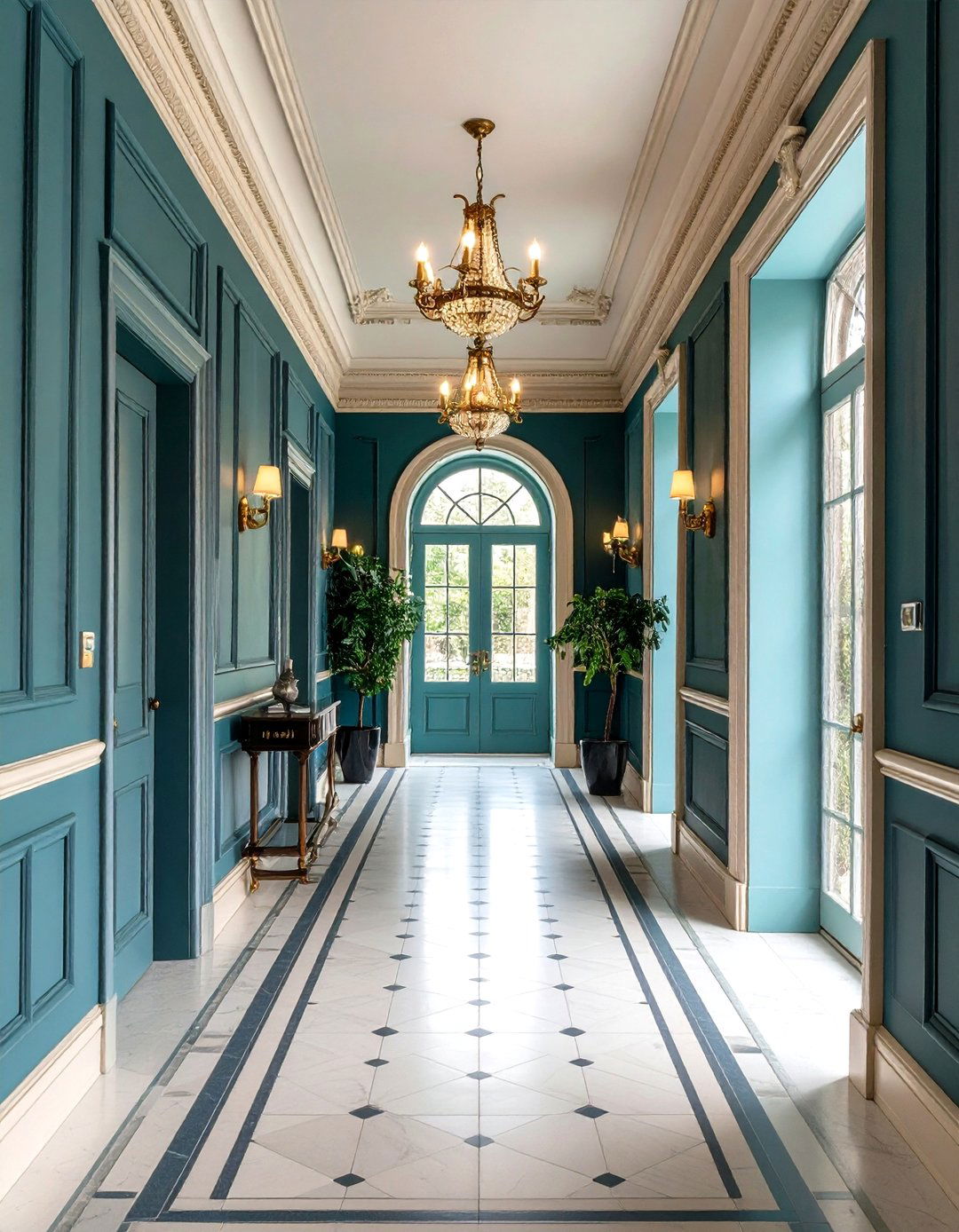
Select a cohesive palette—deep blues with cream trims, moss greens with brass accents, or dusty rose paired with walnut tones—to unify architectural details, furnishings, and accessories. Victorian interiors often embraced rich, saturated hues balanced by neutral grounds; replicating this approach ensures each element complements the others.
Conclusion:
Victorian hallway design melds historical authenticity with contemporary livability. By combining period-appropriate materials—such as encaustic tiles, plaster moldings, and carved woods—with modern conveniences and personal touches, you create an entry sequence that feels both grand and welcoming. Whether restoring original features or introducing Victorian-inspired details, the key lies in thoughtful coordination of color, texture, lighting, and ornamentation to craft a space that honors the past while serving today’s lifestyle.


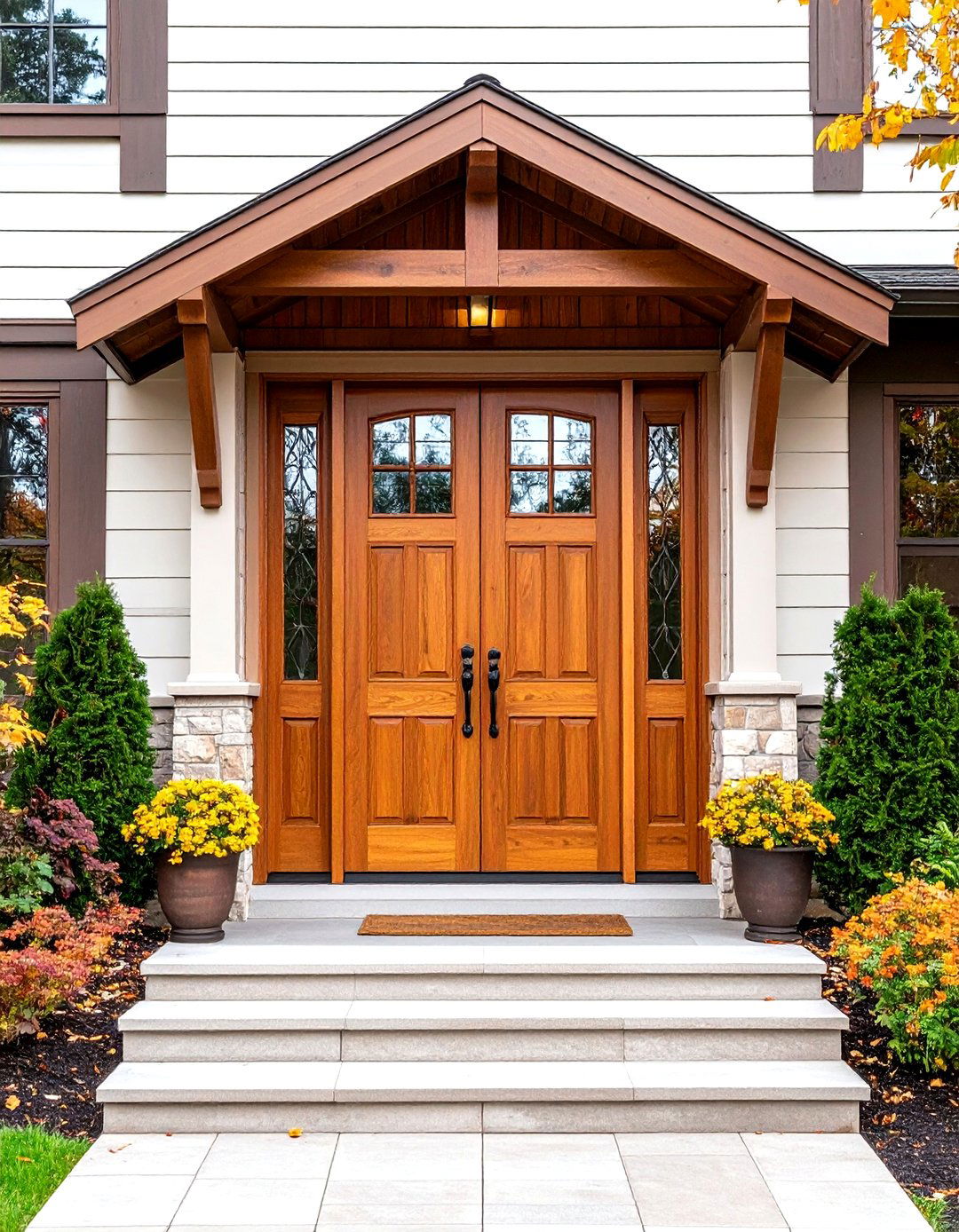
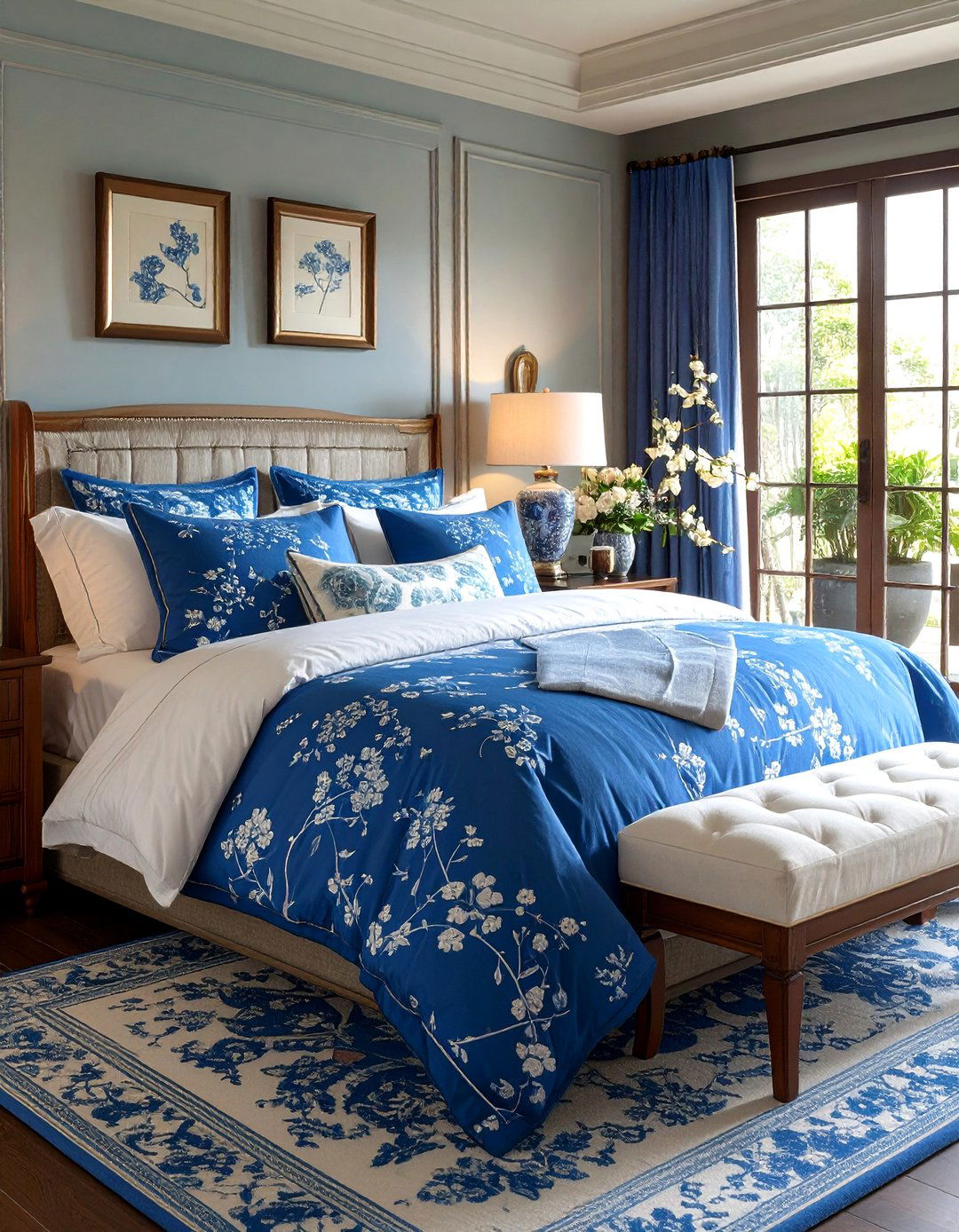
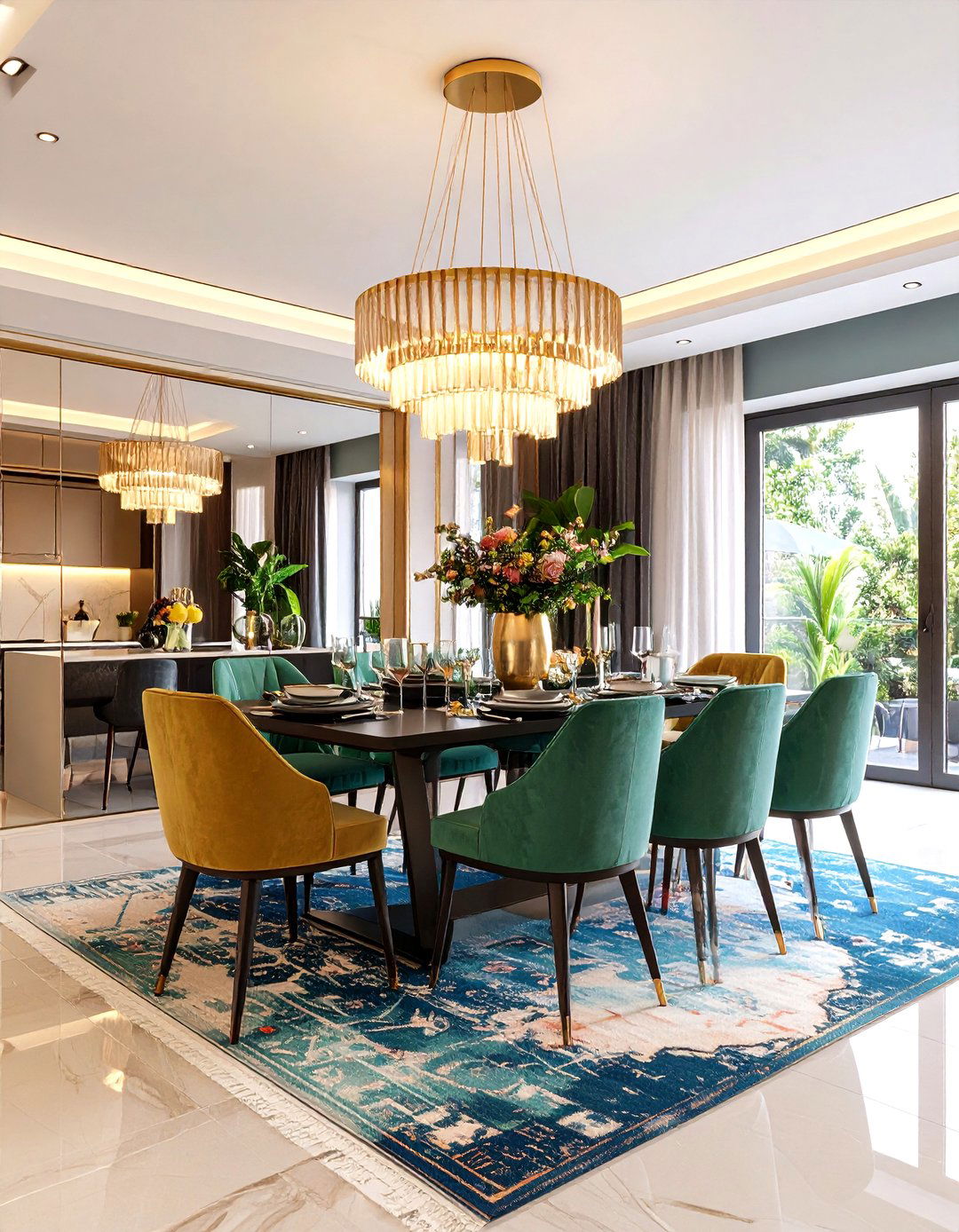
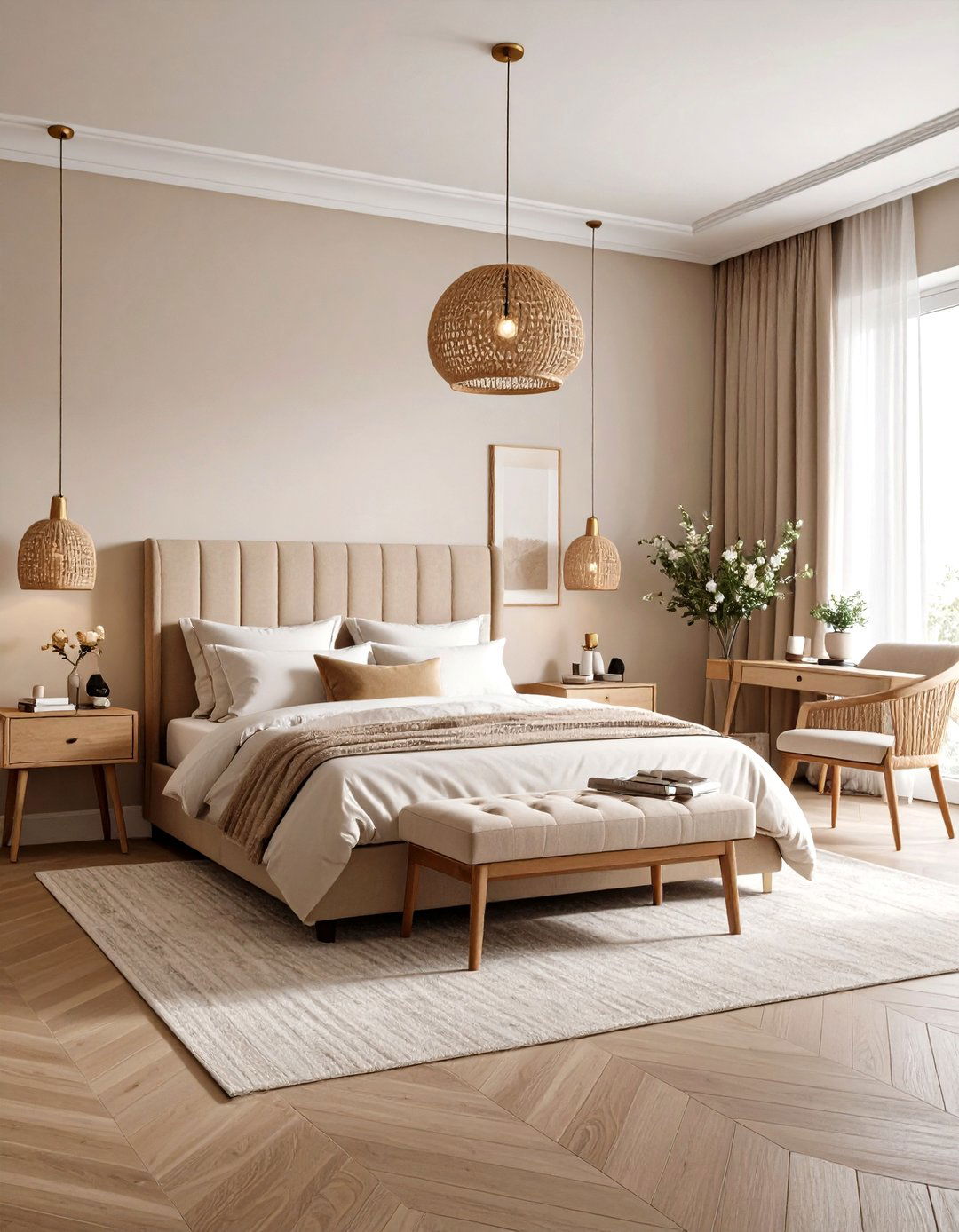
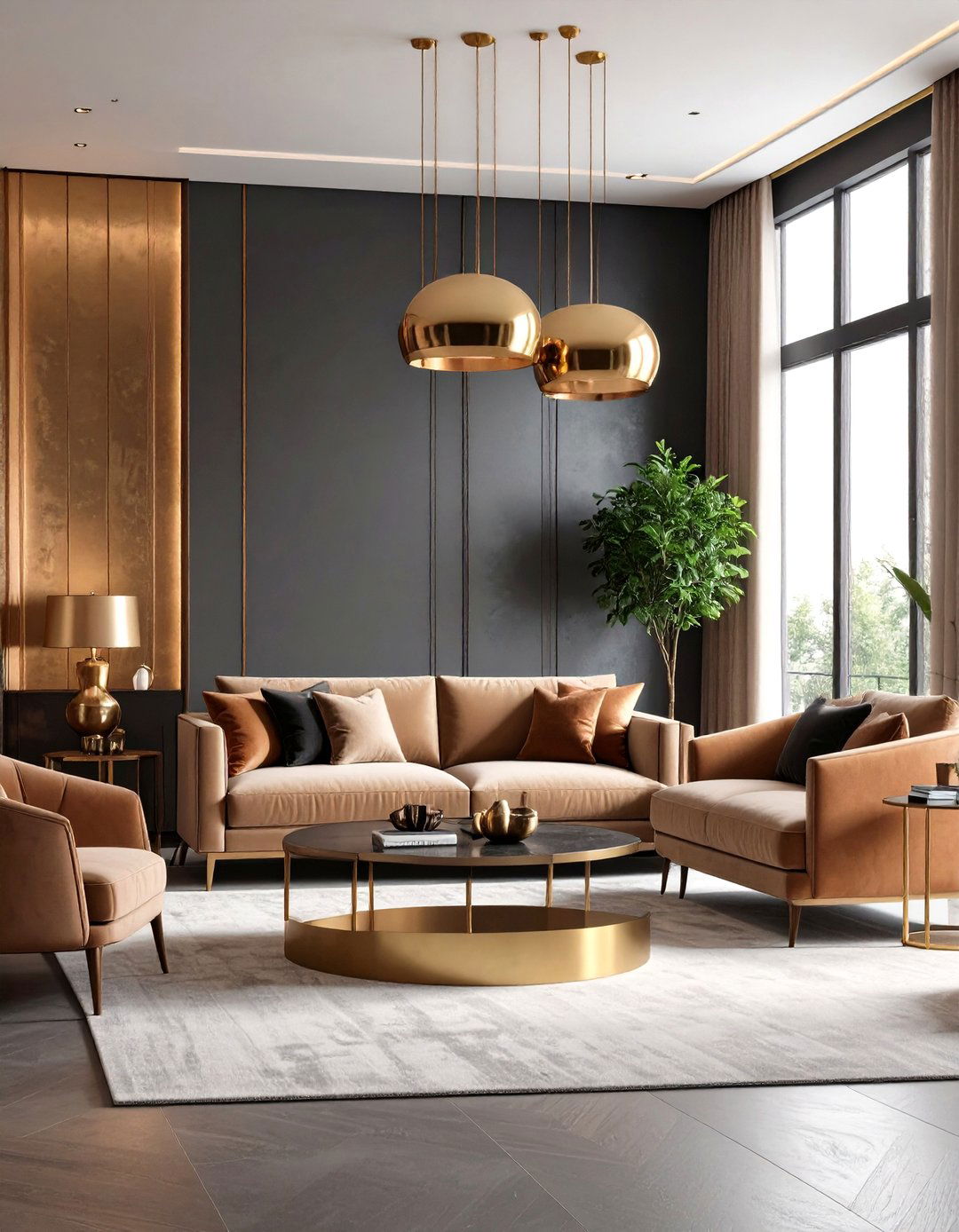




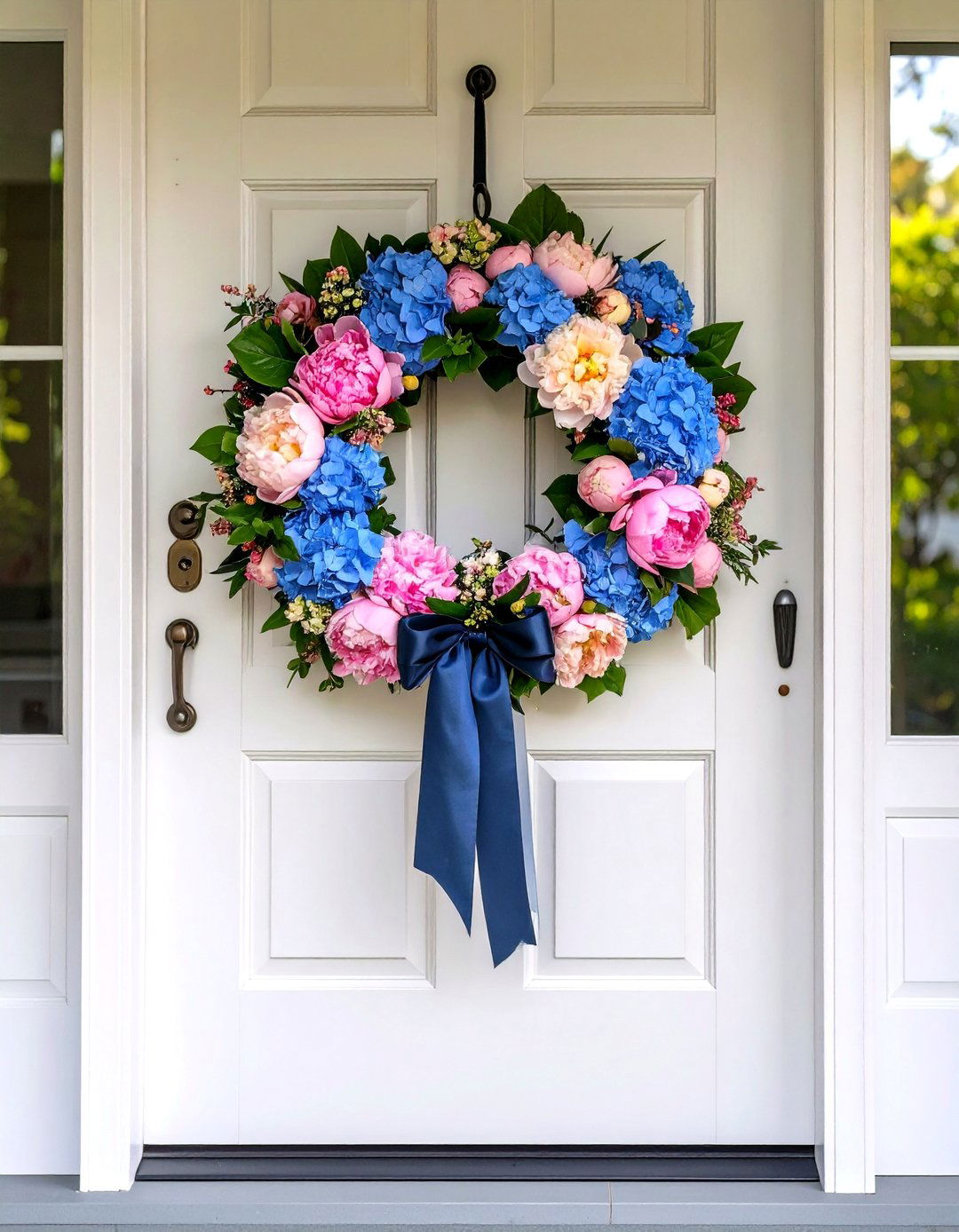
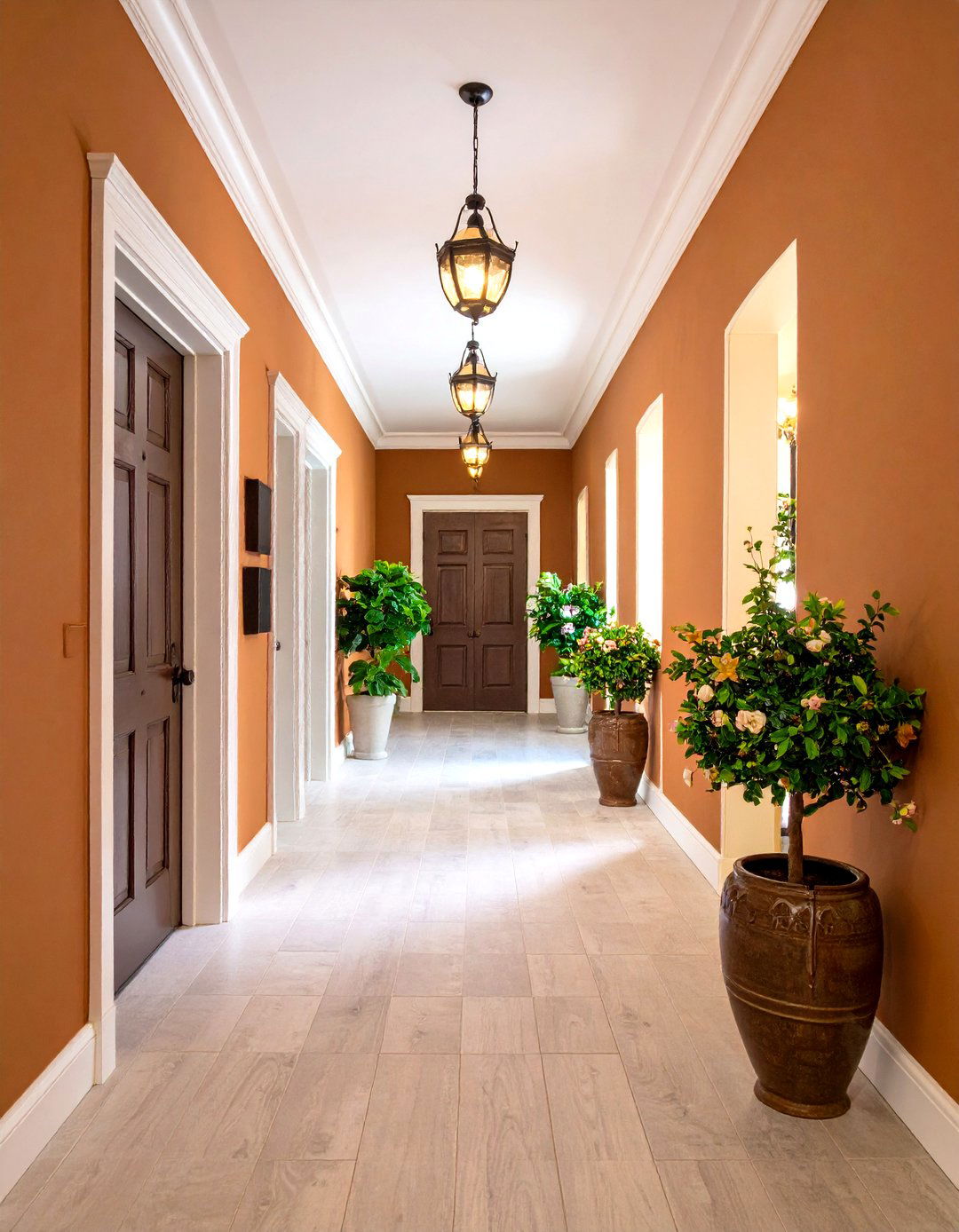
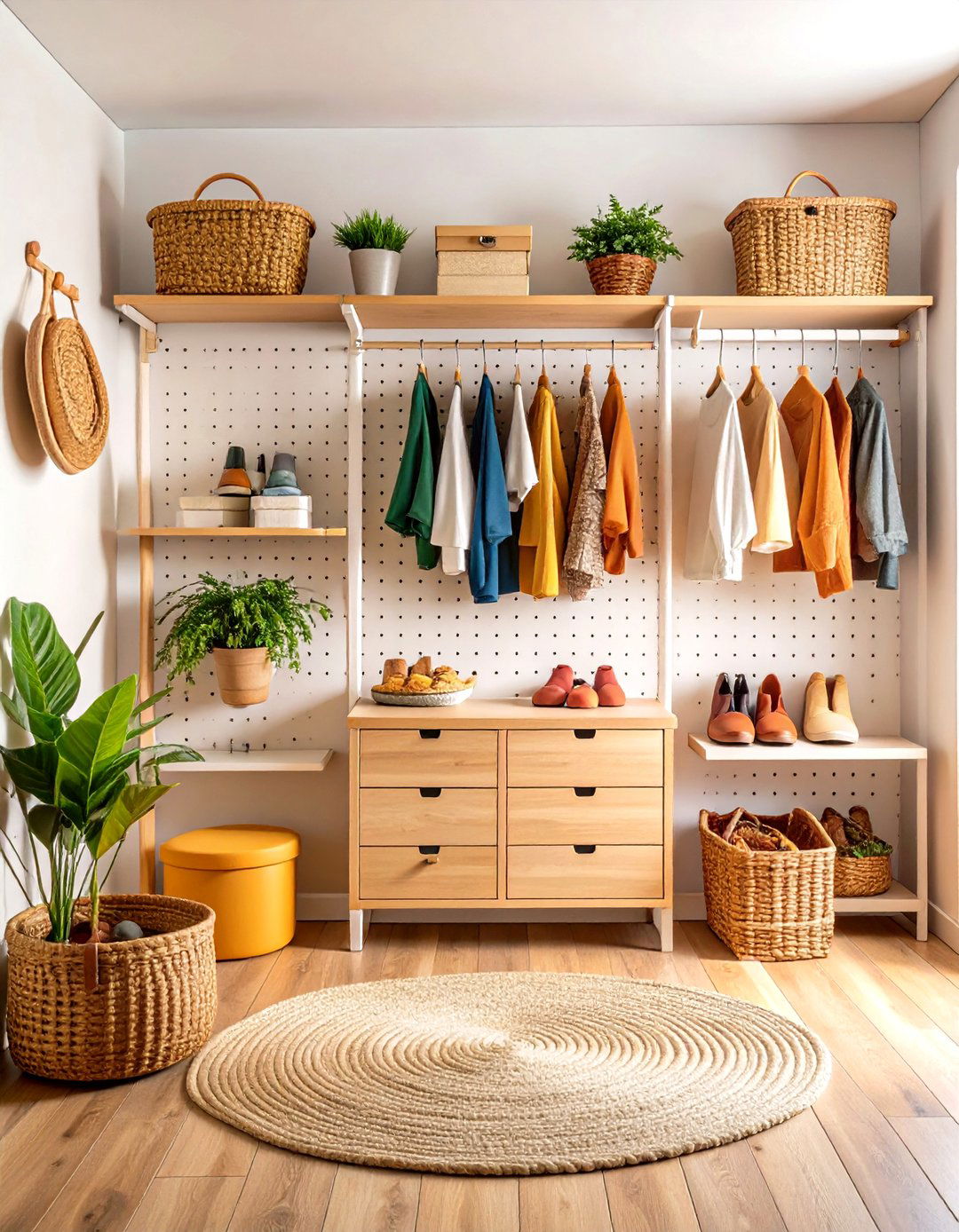
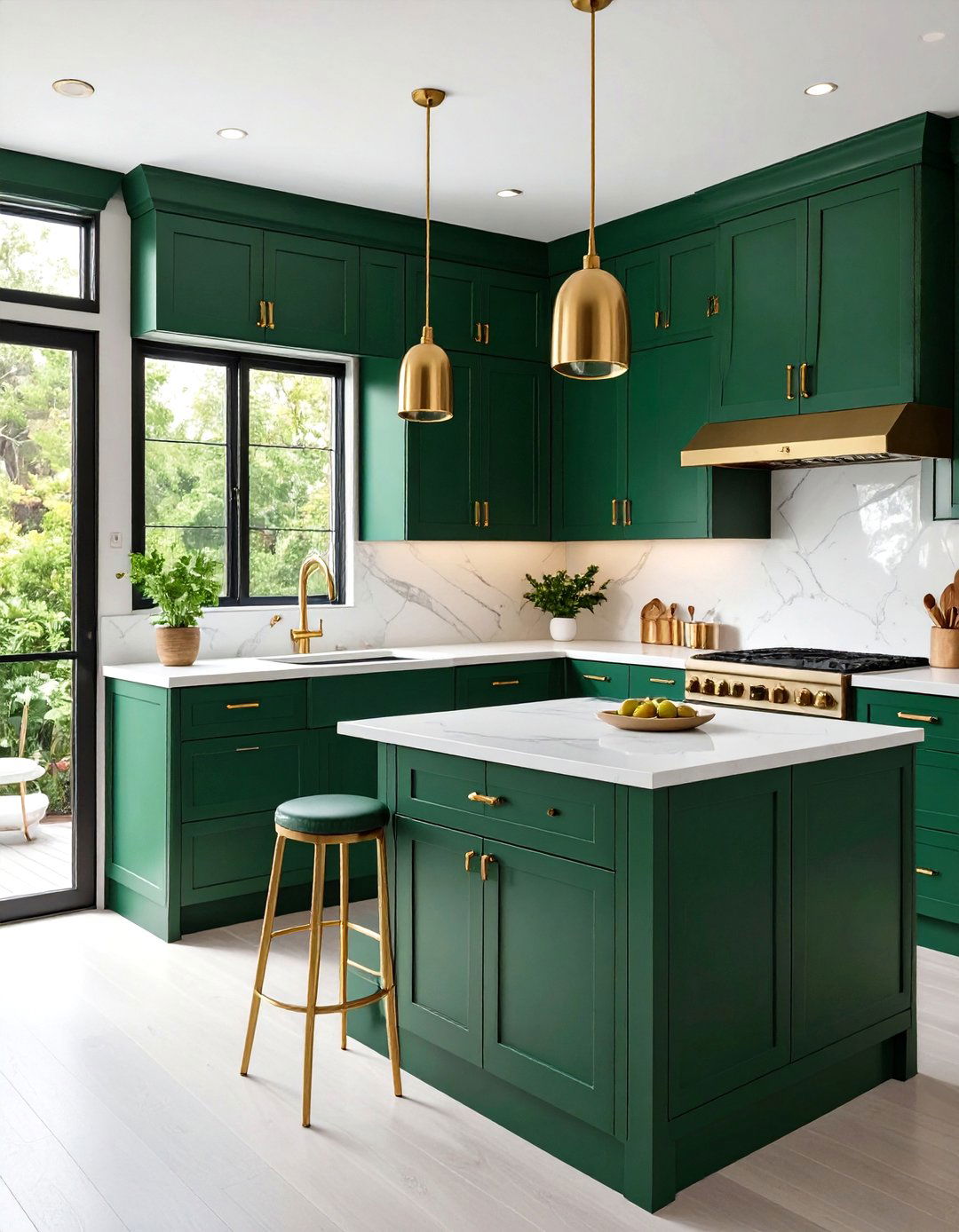
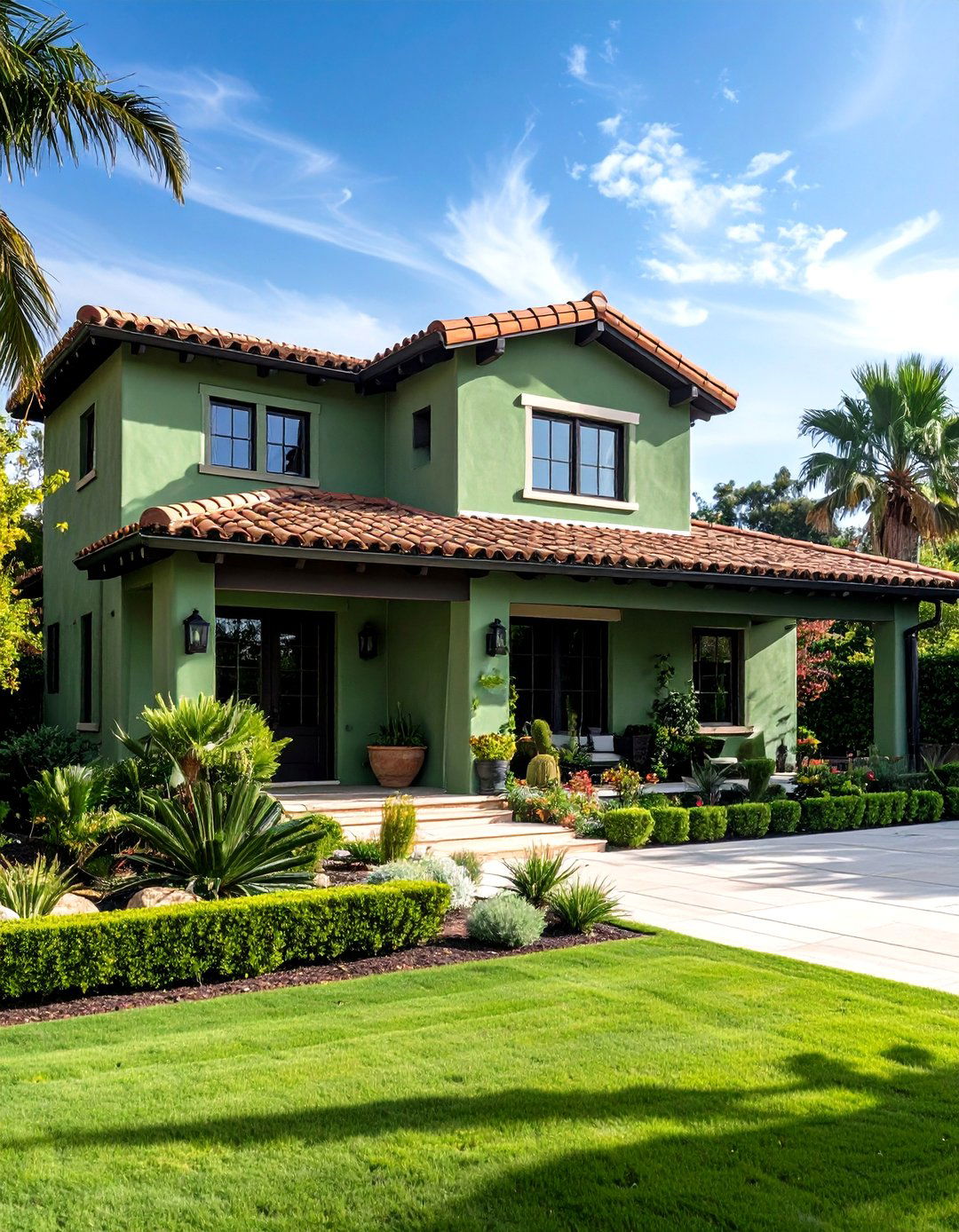
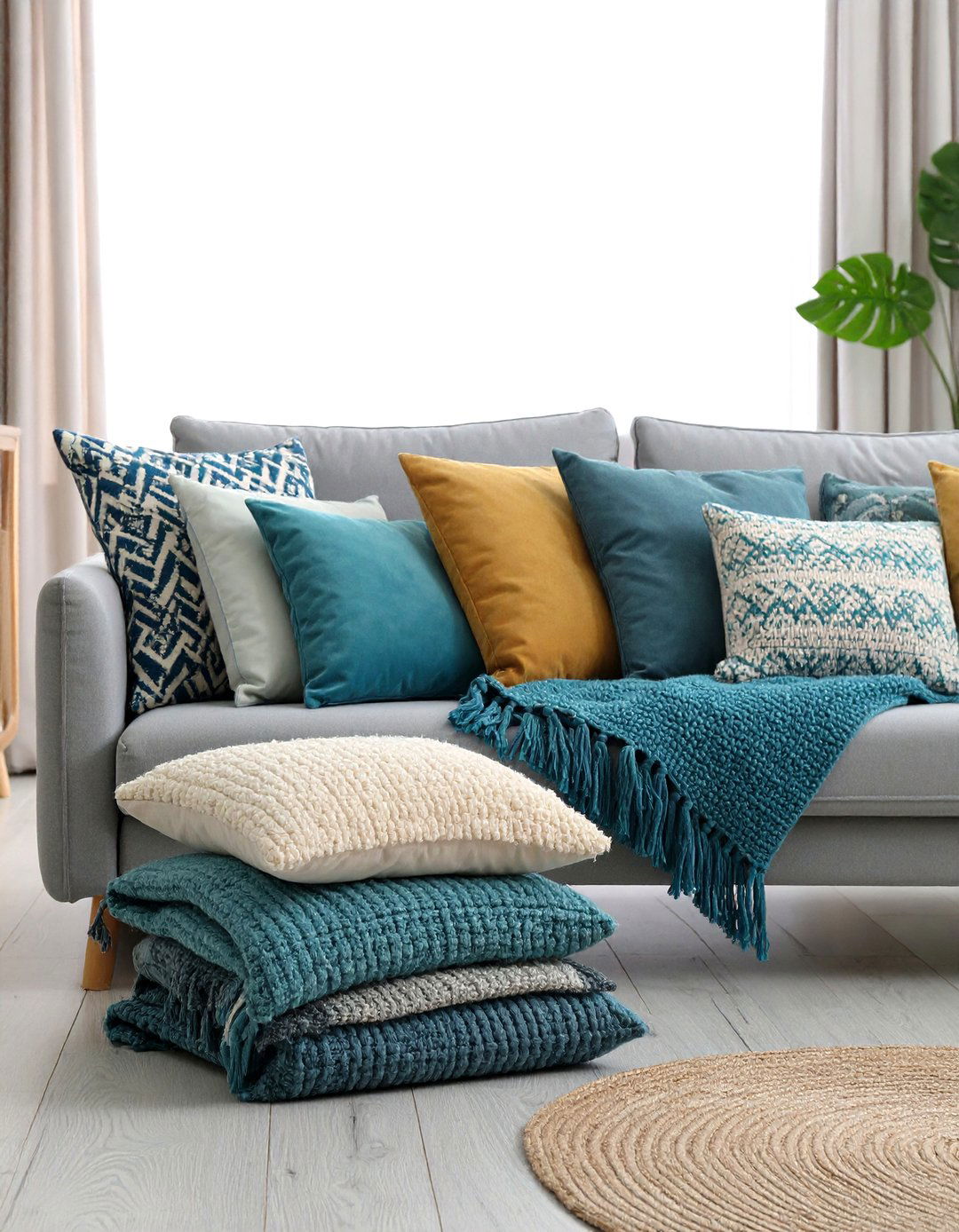
Leave a Reply